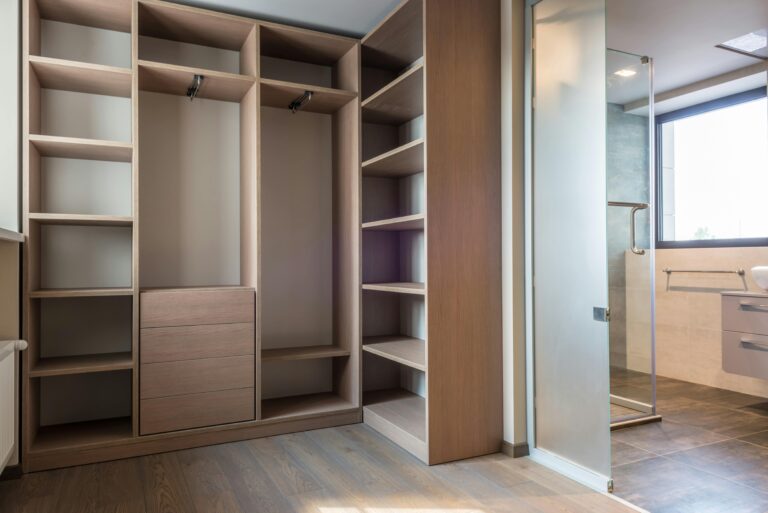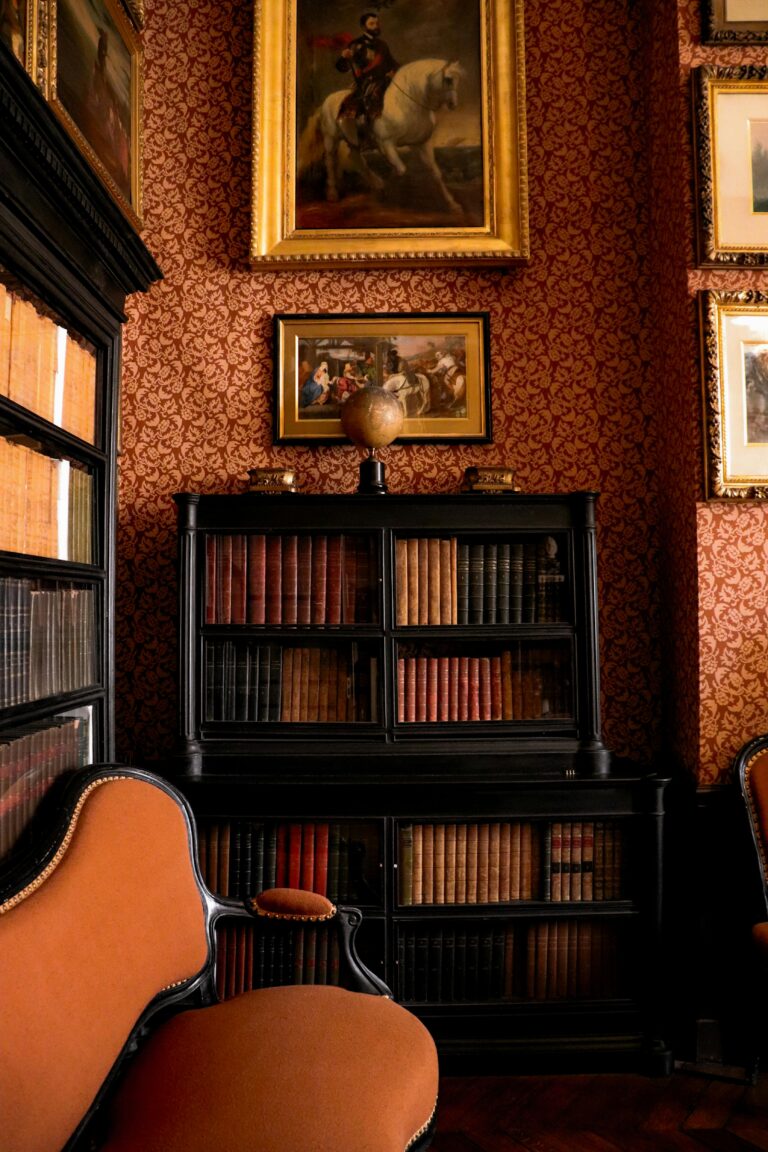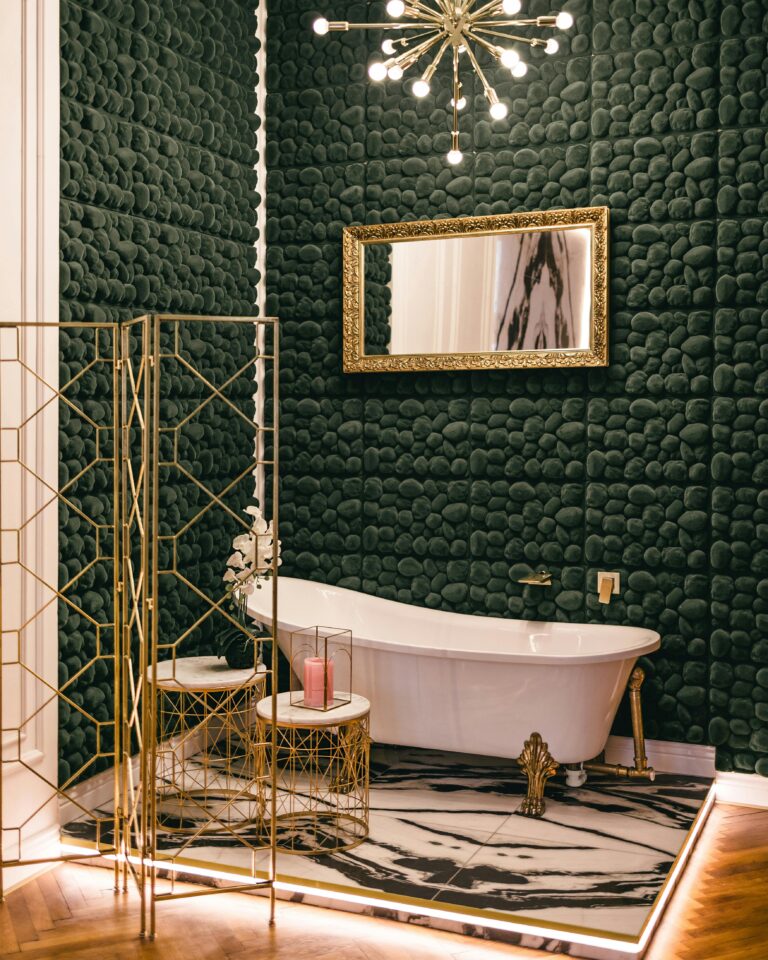Elevate Your Home with Bespoke Lighting: The Ultimate Guide to Signature Illumination
Elevate Your Home with Bespoke Lighting: The Ultimate Guide to Signature Illumination
Beyond the bulb: Why your home’s lighting is its unspoken story
You’ve done it all. You sourced the perfect marble, found a sofa that feels like a cloud, and curated art that speaks to your soul. Yet, something feels… flat. The room, despite its exquisite components, lacks the drama and warmth you envisioned. The culprit is almost always the same: generic, one-note lighting. Standard lighting can make even the most luxurious decor feel ordinary, washing out textures and creating a sterile, uninviting atmosphere. It’s the design equivalent of a monotone voice telling a magnificent tale. But what if you could change that? What if your lighting did more than just illuminate? This guide will show you how to move beyond simple fixtures and start scripting your home’s story with light, transforming your space from merely decorated to truly a signature experience.

This Photo was taken by Ron Lach.
The three acts of illumination: Layering light like a pro
Professional designers don’t just “light a room”; they layer it in three distinct acts. Thinking of your lighting this way is the single most important shift you can make. Each layer serves a unique purpose, and together, they create a rich, dynamic, and functional environment. This layered approach is a cornerstone of many timeless interior design trends for 2025 because of its profound impact on a room’s ambiance.
Ambient lighting: Setting the scene
This is the foundation of your lighting plan—the general, overall illumination that allows you to navigate the space safely. It’s the “house lights” of your home’s theatre. Think recessed pot lights, stylish flush mounts, or a grand chandelier that provides a soft, uniform glow. The goal of ambient light is not to be the star, but to set a comfortable, welcoming baseline for everything else to build upon.
Task lighting: Highlighting the action
As the name suggests, task lighting is directed light focused on helping you perform specific activities. This is where function takes a front-row seat. Examples include a sleek floor lamp next to your favorite armchair for reading, under-cabinet lighting in the kitchen for food prep, or a pair of elegant sconces flanking a bathroom mirror. Effective task lighting prevents eye strain and makes daily routines more efficient and enjoyable. When planning task lighting in your living area, consider its placement relative to key furniture, which is a key part of how to choose the perfect sofa for your living room.
Accent lighting: Creating the drama
This is where the magic happens. Accent lighting is the storyteller. It’s used to draw the eye to specific features—a piece of art, a textured wall, an architectural detail, or a beautiful houseplant. Track lighting, picture lights, and uplighting are common tools for this layer. According to the International Association of Lighting Designers, good accent lighting should be at least three times brighter than the surrounding ambient light to create a noticeable and compelling focal point. It’s what adds depth, dimension, and personality to your space.

This Photo was taken by Quang Nguyen Vinh.
What truly defines a ‘signature’ light fixture?
A signature, or bespoke, light fixture is more than just a source of light; it’s a piece of sculpture. It’s an intentional choice that communicates style and elevates the room’s narrative. It’s not about the price tag, but about the thoughtful consideration behind its selection and placement.
Materiality and craftsmanship
A bespoke fixture often showcases exceptional materials—hand-blown glass, forged metals, carved wood, or artisanal ceramics. The quality of its construction is palpable. You can see the human touch and the attention to detail. This focus on quality craftsmanship is a hallmark you’ll find in pieces from the top 10 Italian furniture stores in Dubai, where heritage and design excellence are paramount.
The role of scale and proportion
Choosing the right size fixture is critical. A light that is too small gets lost in the space, while one that is too large can feel oppressive and overwhelming. A signature piece is perfectly scaled to the room’s dimensions and the furniture within it. This is especially important in smaller homes, where every choice must be impactful, a core principle in our guide to small space design tips for compact homes.
The rise of smart lighting and personalization
Modern bespoke lighting goes beyond form and finish. The integration of smart technology allows for unparalleled personalization. With systems from innovators like Lutron, you can control not just the brightness (dimming) but also the color temperature of your lights, shifting from a cool, energizing white light during the day to a warm, cozy amber glow in the evening. This ability to “tune” your light to your mood and activity is the ultimate expression of signature illumination.
Your room-by-room lighting script
Applying these principles strategically throughout your home will create a cohesive and immersive experience. Here’s a quick guide to scripting the light for key spaces.
The living room: From cozy evenings to grand entertaining
Your living room needs flexibility. Combine a statement chandelier (ambient) with recessed lights on a dimmer. Add floor and table lamps for task lighting near seating areas. You can create a cozy reading nook or a brightly lit space for guests. The right lighting helps define zones, making your decision on choosing the perfect sofa and its placement even more impactful. Use accent lights to highlight a fireplace or your favorite artwork.
The dining room: The art of the statement piece
This is the perfect stage for a dramatic pendant or chandelier. Hang it approximately 30-36 inches above your dining table to create intimacy. Ensure it’s on a dimmer to adjust the mood from a family dinner to a romantic evening. To complement a stunning table from one of the best Italian furniture shops, consider wall sconces as accent lighting for a sophisticated glow.
The kitchen: Blending function and flair
The kitchen is a workspace that demands excellent lighting. Start with bright ambient light from ceiling fixtures. Add focused under-cabinet LED strips for task lighting on countertops. Then, introduce personality with accent pendants over an island or peninsula. This layered approach is not just a passing fad; it’s essential for a functional and beautiful kitchen, which is why it’s central to many lasting interior design trends.
The demand for this kind of thoughtful, integrated lighting is growing rapidly. Homeowners are increasingly recognizing its value, driving significant market growth.
| Lighting Segment | Projected Market Growth (2024-2025) | Key Driver |
|---|---|---|
| Smart Lighting (Residential) | 18.5% Annually | Demand for personalization and energy efficiency. |
| Decorative & Bespoke Fixtures | 9.2% Annually | Focus on home renovation and unique interior design. |
Source: Projections based on 2024 market analysis reports.

This Photo was taken by Miriam Alonso.
Your lighting questions, answered
How do I choose the right color temperature for my lights?
Color temperature is measured in Kelvins (K). For a warm, cozy, and inviting feel similar to traditional incandescent bulbs, choose lights in the 2700K to 3000K range. This is ideal for living rooms and bedrooms. For kitchens and bathrooms where you want a brighter, clearer light, a cooler 3500K to 4000K is a better choice.
Can I mix different metal finishes for my light fixtures?
Absolutely! Mixing metals adds a curated, designer touch. The key is to be intentional. Choose a dominant metal finish and then add one or two others as accents. For example, you can pair brass sconces with a black iron chandelier for a sophisticated, layered look.
What’s the biggest mistake people make with lighting?
The most common mistake is relying on a single, central ceiling fixture to light an entire room. This “all or nothing” approach creates harsh shadows and a flat, uninteresting environment. Layering ambient, task, and accent lighting is the solution.
Is it worth getting a dimmer for every light?
Yes. A dimmer is the most cost-effective tool for transforming a room’s mood. It gives you complete control, allowing you to take a light from bright and functional to low and atmospheric with a simple adjustment. Install them everywhere you can.

This Photo was taken by Greta Hoffman.
Becoming the lighting director of your own home
Your home is more than a collection of beautiful objects; it is the stage for your life. By moving beyond the idea of lighting as a mere utility, you step into the role of its director. You are no longer just buying fixtures; you are scripting an experience. You are deciding which features to highlight, what mood to create, and how the story of your space unfolds from day to night. The principles of layering—ambient, task, and accent—are your script. Bespoke, signature fixtures are your star performers. The result is a home that doesn’t just look good, but feels alive, dynamic, and deeply personal. This is the essence of signature illumination. So, look around your space. What story does your lighting tell right now? And more importantly, what story do you want it to tell tomorrow? The power to create that narrative is entirely in your hands.






